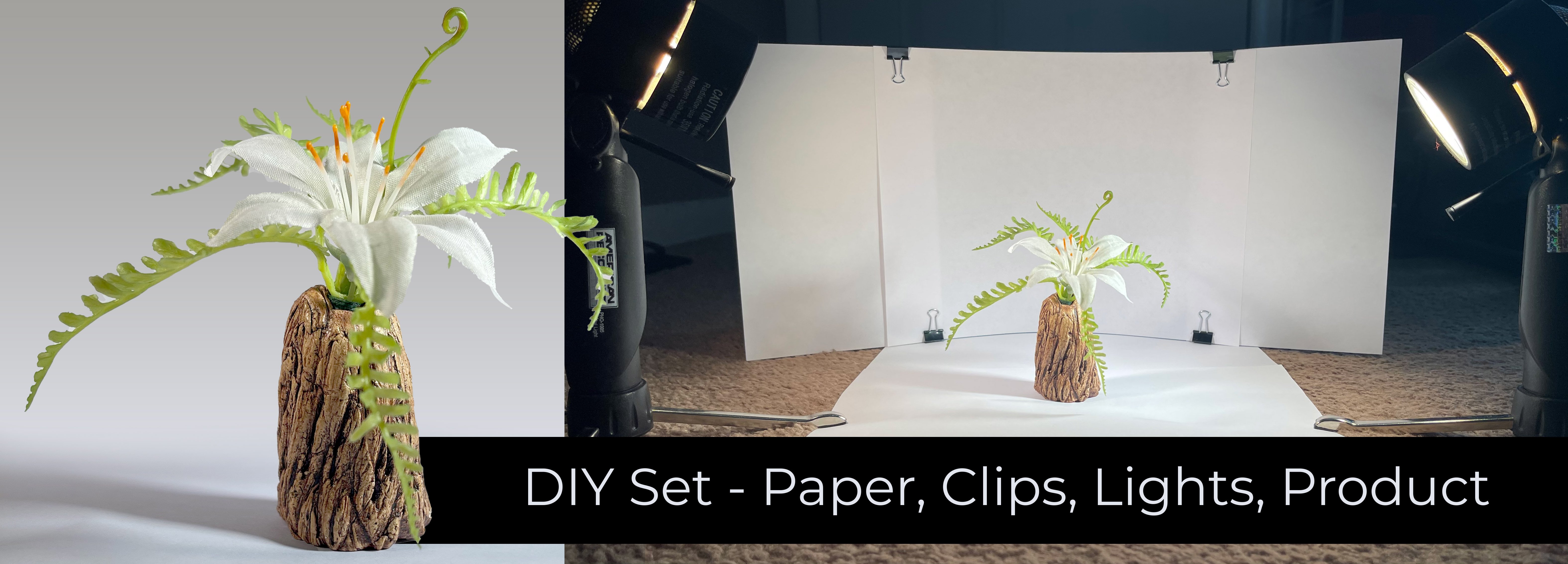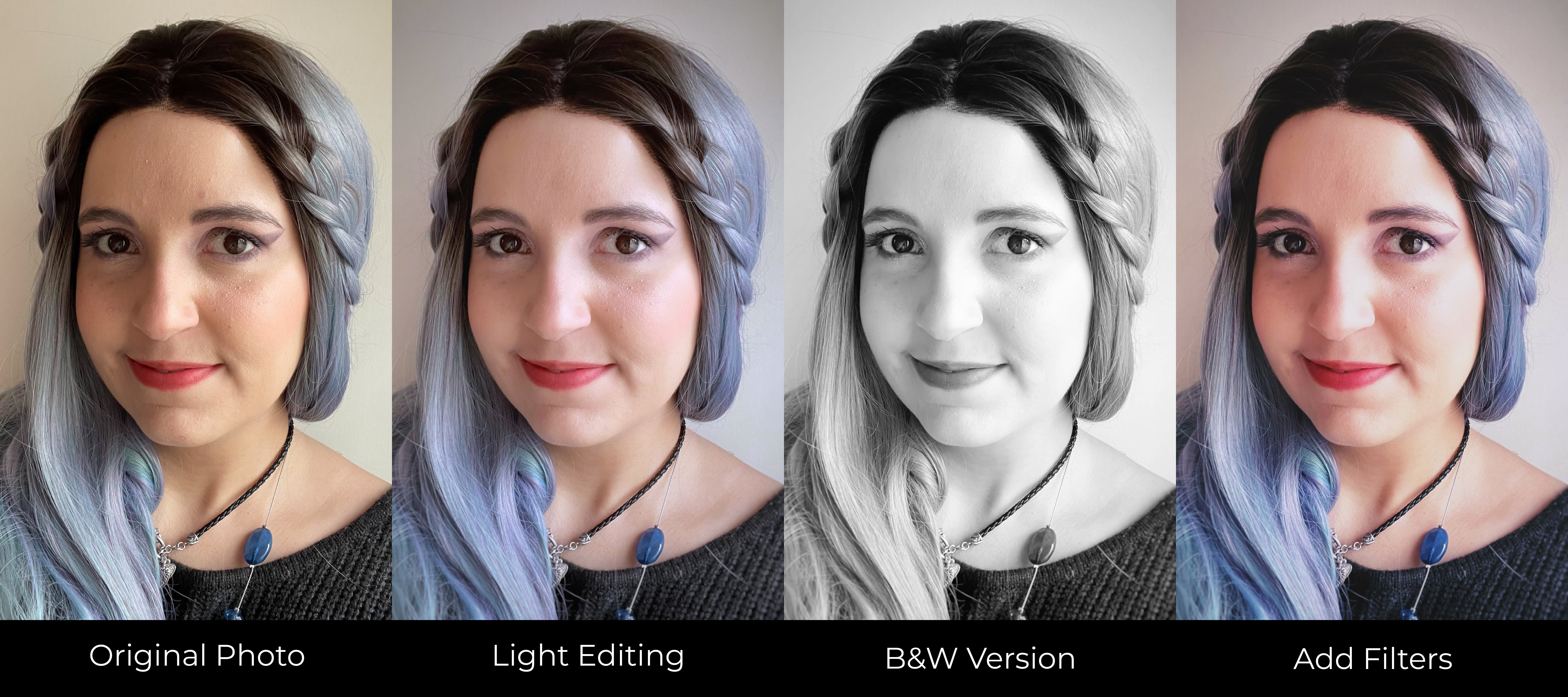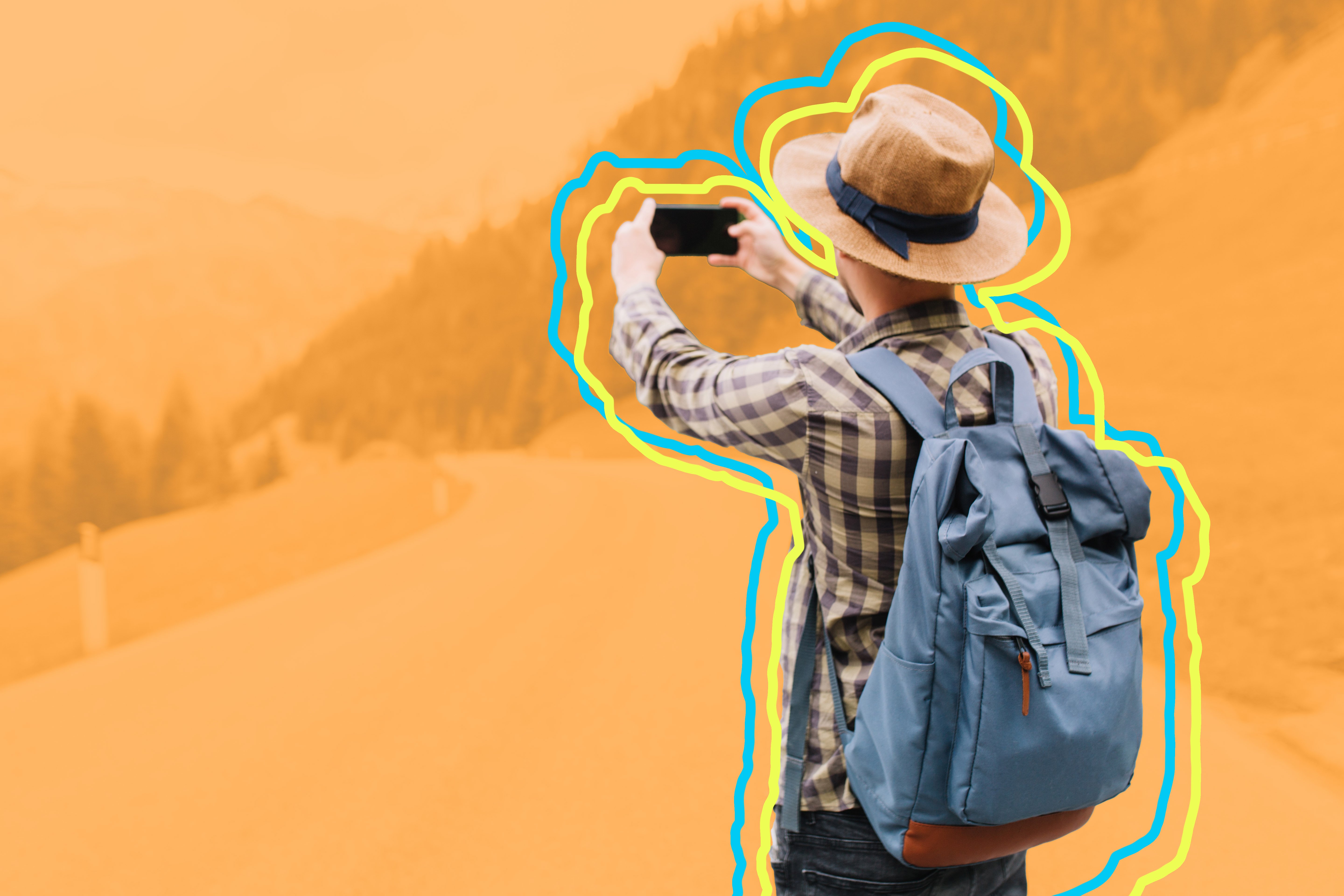Pictures have taken center stage when communicating and storytelling. With smartphone cameras becoming more powerful and of higher quality, we all can contribute photos to our brand’s story. You don’t have to worry about taking a formal photography class before taking any pictures on your phone. When snapping that photo for your brand, are you properly setting up your shot? Are you fully utilizing the settings in your phone?
Today, I’m going to give you some tips on taking good photos — even if you only have your phone!
Clean Your Lens
Make sure your lens isn’t oily and/or dirty! It’s super easy for phone lenses to get grimy, so make sure you begin with a clean lens for the best results.
Consider Your Subject
Are you taking a selfie or a portrait of a model? Are you photographing a landscape to show a lifestyle? Are you taking pictures of products you have made? All of these scenarios will require different approaches when taking a photo. It will influence the time of day, the lighting situation, the composition, the props required, etc.
Lighting
Lighting can make or break a photo and is arguably the most important aspect of a photograph. Let’s take some scenarios above and break them down for lighting:
For a selfie or portrait, make sure you have diffused lighting from a source that is not directly pointed at your subject. One way you can achieve this is by taking a photograph by a window, as the ambient outside lighting will hit your subject without the sun being directly on them and casting harsh shadows; this would be considered beauty lighting. If you are outdoors, find a shaded area, or shoot when it is overcast or during the golden hours of the day (at sunrise and sundown when everything looks a bit golden).
For landscape photography, early morning fog can give you a spooky or quiet feel. Landscapes can also be nice to photograph when the sun is high in the sky if you want to — for example — depict the hustle and bustle of a historic town during peak shopping hours.
For products you have made, try building a small set. You can take a poster board and create a cube for a clean white background, or you can set up on a nicely textured table and bring card stock of your choice to prop up for a background. For lighting, you can use a daylight bulb in a desk lamp. The example below will show you a simple setup achieved with 5 sheets of printer paper, 4 binder clips, 2 cheap studio lights, and a product!

Composition
This is the next most important aspect of a photograph. The way you position the camera and your subject can determine how a scene is captured. For portraits, you have to decide whether to show a full-body shot or a headshot. Where is your subject positioned in a scene? For taking pictures of sportswear on a model, you may want to photograph a full-body model in a setting where the sportswear would be appropriate, such as a basketball court. You want the subject interacting with a basketball while simultaneously showing off the outfit. For photographing a necklace on a model, you probably want to go for a headshot. Show your model against a clean background posed in a way that frames or points to the necklace.
Get Familiar With Your Phone's Camera Settings
Some phones have special settings depending on the manufacturer. The iPhone has Live Photos, Portrait Mode, and Time Lapse. Android phones have Single Take Mode, Live Focus, Scene Optimizer, and Shot Suggestions. Both of these types of phones offer Panorama, Slow-Mo, and HDR settings. Getting to know these settings better can help you catch some truly spectacular shots. To learn more about your particular phone settings, you can usually set an appointment at an Apple Store to get hands-on learning. For a more remote option, YouTube offers tons of phone reviews where you can watch someone navigate your model’s settings.
Camera Apps
You don’t necessarily need to use your phone’s native camera app — third-party apps are also good choices. The most important thing is using what you know and what makes you comfortable. You don’t need the latest and greatest to take a great photo, and there are even apps that let you take a picture, immediately edit it, and save it in one go.
Photo Editing Apps
Try using editing techniques sparingly to achieve the most natural results. My favorite app for editing photos is Snapseed (free download in the Apple App Store and Google Play). Again, use the app you know best and makes you comfortable. Don’t be afraid to play around with settings — try some wild filters, you may surprise yourself!

Have Fun!
Taking photography shouldn’t be a chore. The best part is just being yourself and having fun. If you are in a situation where you feel like it’s a chore, walk away and come back later. Photography shouldn’t cause stress.
At iFrog, I get to work with a wonderful group of designers with different proficiencies in illustration, videography, and photography! We collaborate with our client partners to end up with the best graphics for their business. Our Creative Solutions will help you enhance your brand visually and make you look better than your competitors. Ready to get creative? Contact us today!


Comment